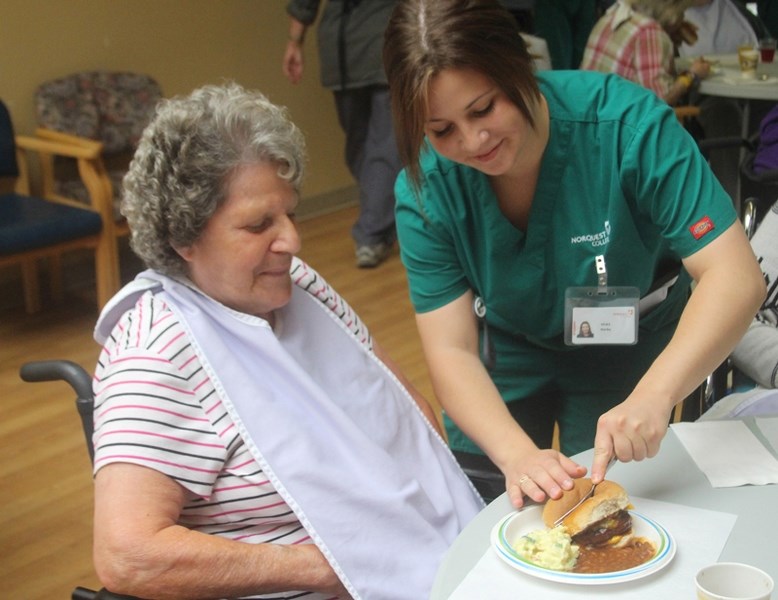The Alberta government’s recent announcement of a new regulatory college for health care aides has sparked significant concern among rural practitioners, who fear the change could exacerbate staffing shortages in areas already struggling with health care access. As the province moves forward with plans to formalize oversight of its approximately 20,000 health care aides, rural workers are questioning whether the regulatory framework adequately addresses their unique circumstances.
“We’re already working with skeleton crews in many rural facilities,” explains Meredith Holden, a health care aide with 15 years of experience in Rocky Mountain House. “My worry is that additional regulatory requirements might push some aides into retirement or force them to leave the profession altogether when we can barely staff our shifts as it is.”
Health care aides provide crucial front-line support in hospitals, continuing care facilities, and home care settings throughout Alberta. Their responsibilities include assisting patients with daily activities, monitoring vital signs, and supporting basic medical care. While these workers have historically operated without formal regulation, the provincial government maintains the new college will enhance patient safety and professional standards.
Health Minister Adriana LaGrange emphasized the importance of the transition when announcing the initiative last week. “This regulatory college represents a significant step forward in recognizing the essential role health care aides play in our health system,” LaGrange stated during a press conference in Edmonton.
However, the Canada News desk has learned that rural health professionals are expressing particular concern about potential certification costs and additional educational requirements. For many rural aides earning approximately $23-27 per hour, the prospect of paying annual licensing fees represents a significant financial burden.
Elizabeth Kowalchuk, who coordinates health care aide staffing for three facilities near Drumheller, pointed to practical challenges. “Many of our aides are already juggling multiple part-time positions across different facilities to make ends meet. Adding regulatory costs without addressing compensation fundamentally misunderstands the economic reality they face,” she told CO24.
Rural facilities face distinct challenges that urban centers often don’t encounter. According to data from Alberta Health Services, rural areas experience turnover rates approximately 15 percent higher than urban centers, with some remote facilities reporting chronic vacancies exceeding 30 percent of positions. The CO24 News team has documented similar staffing challenges across multiple provinces.
The regulatory college implementation plan includes a three-year transition period during which current health care aides can register through a grandfathering process. However, questions remain about how credentials will be assessed, particularly for long-serving aides who received on-the-job training rather than formal education.
“I’ve been doing this work for 22 years,” says Raymond Blackfoot, a health care aide serving several Indigenous communities near High Level. “I learned through hands-on experience and mentorship. Will my decades of practical knowledge count, or will I need to go back to school in my fifties?”
Industry analysts suggest the regulatory change reflects broader efforts to standardize health care delivery across Canada. Similar regulatory frameworks have been implemented in Ontario and British Columbia with mixed results. Early assessments of those programs indicate improved standardization but also increased administrative costs and initial workforce reduction.
The Alberta Union of Provincial Employees, which represents many health care aides, has called for provincial funding to offset regulatory costs. “If the government truly values these essential workers, they should be prepared to invest in making regulation accessible rather than creating another financial barrier,” union representative Carol Santiago stated.
As the implementation date approaches, rural health facilities are developing contingency plans for potential staffing impacts. Some administrators are exploring incentive programs to retain current aides while others advocate for regulatory exemptions for remote communities.
As Alberta moves toward this significant change in health care aide oversight, a critical question emerges: can the province balance the legitimate need for professional standards with the practical realities of rural health care delivery, or will this well-intentioned reform further stress an already fragile rural health system?


















